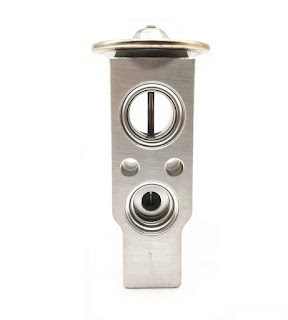The heater core in itself is a small radiator which is connected to the engine cooling system. A liquid coolant is used in the engine cooling system which is circulated through the engine and main radiator through a pump. The purpose of coolant is to absorb excess heat from the engine. The heated coolant travels through the radiator where ambient air flow absorbs the heat from the coolant. This cycle repeats.
When a car's heating system is activated, the super hot coolant is made to run through the heater core. A blower motor/fan blows air on the heater core which absorbs the heat from the coolant. As a result, the air gets warm and this air is circulated inside the cabin through vents.
Depending on the amount of heat required in the cabin, occupants can choose how much warm air is required. A heater control valve is used in the heater core to vary the flow of hot coolant. But most of the HVAC system use a temperature blend door to control the amount of hot air that has to flow through the vents. The working of temperature blend door is simple. The more the door is open, the more amount of air passes through the heater core and hence the air is warmer.
If the cabin air is not warming enough according to the requirement, then the amount of coolant needs to be checked in overflow bottle and if it is low then it should be topped up. If the heating system does not work efficiently, then it means there is some problem in the engine cooling system and it can damage the engine.









